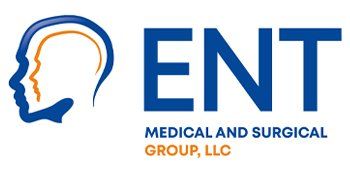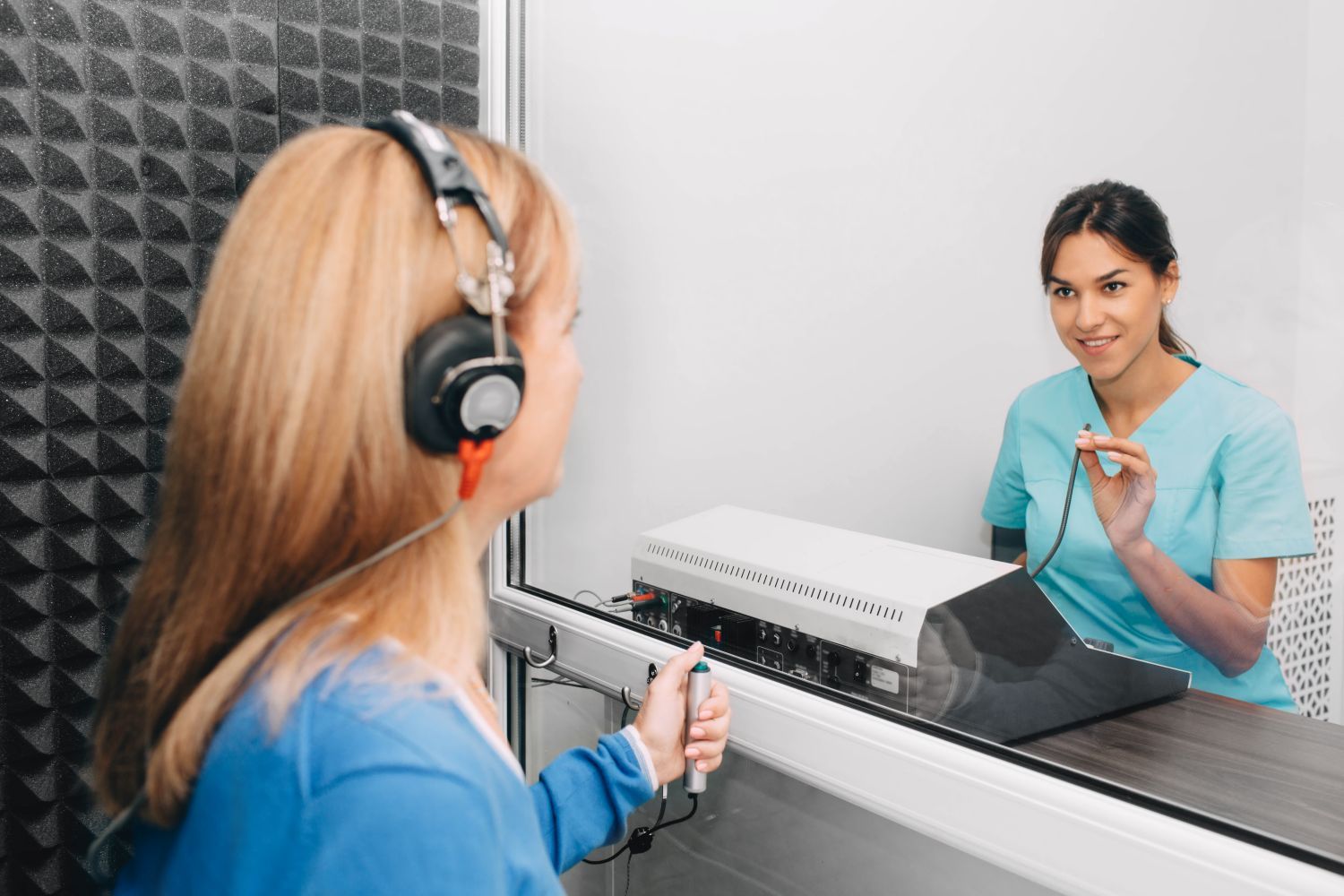What Procedure Can Repair a Torn Eardrum?
An eardrum is a thin tissue separating the outer and middle ears. It is also called the tympanic membrane. When sound waves hit the tympanic membrane, they cause it to vibrate, and these vibrations are carried to the middle ear and then to the inner ear. Torn or ruptured eardrums can cause hearing loss and make the middle ear susceptible to infection.
Your ENT specialist can perform a visual inspection of the rupture and also suggest some additional tests like a tuning fork evaluation or an audiology exam to find the cause of the damage. Your ENT specialist will recommend treatment or surgical procedures based on your condition.
Procedures That Could Repair a Torn Eardrum
A ruptured eardrum usually heals within a few weeks, but the doctor might perform a surgical eardrum repair when it doesn't.
There are mainly two types of procedures:
Tympanoplasty
Tympanoplasty is a surgical procedure used to repair the eardrum or tympanic membrane. The procedure is performed by an otolaryngologist (ear, nose, and throat doctor) and will be performed in a hospital. The patient will be administered general anesthesia and will be unconscious during the procedure.
During tympanoplasty, the surgeon makes a small incision behind the ear or goes through the ear canal to remove any dead tissue inside the eardrum. Then a tiny piece of the patient's own tissue will be taken from the muscle sheath and grafted into the eardrum to close the rupture. The doctor will end the procedure by placing sterile material on top of the graft to keep it in place. This procedure takes about 2 to 3 hours.
After surgery, your ears might feel stuffy and seem blocked. A few people also experience hearing difficulty for a few days after the surgery. It is always best to talk to your ENT specialist if you experience any problems during the recovery phase.
Myringoplasty
Myringoplasty is a surgical procedure that is usually performed through the ear canal to repair damage to the eardrum. It can be done in an outpatient setting. During myringoplasty, your doctor will clean the area around the eardrum and try to patch the hole with a gel or a paper-like tissue. The surgery should take about 15 to 30 minutes.
After the surgery, if you have had general anesthesia, you will be moved to a recovery area, and in most cases, you will be discharged the same day.
If you want to know more about eardrum repair or anything else related to hearing, contact ENT Medical and Surgical Group. We are a dedicated team of nationally recognized physicians and audiologists who provide quality treatments related to otolaryngology and hearing for adults and children. Contact us for more details.













